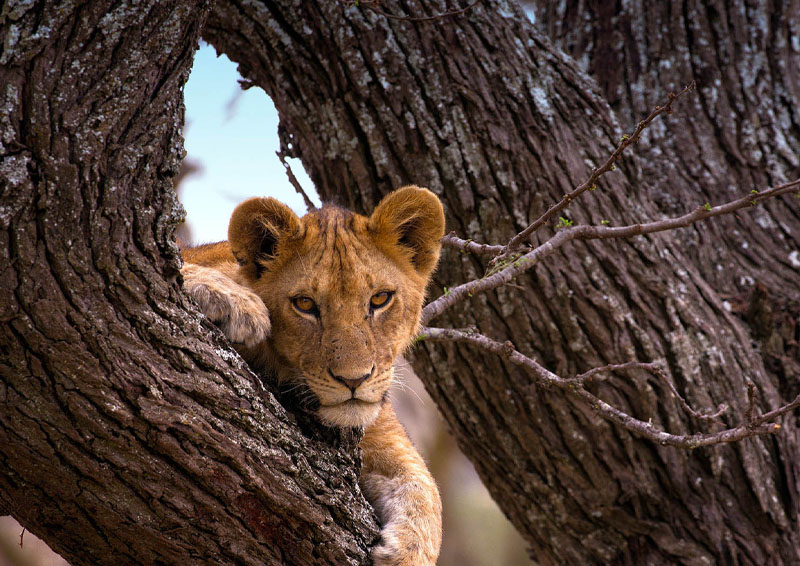Serengeti National Park
Serengeti National Park: A Natural Wonder of Africa
Serengeti National Park, located in northern Tanzania, is one of the most famous wildlife reserves in the world. Spanning approximately 14,750 square kilometers (5,700 square miles), it is home to an incredible diversity of wildlife, stunning landscapes, and the iconic Great Migration.
Wildlife and Biodiversity
Serengeti National Park is renowned for its abundant wildlife, including the “Big Five”—lion, leopard, elephant, buffalo, and rhinoceros. Other species such as cheetahs, hyenas, giraffes, zebras, hippos, and crocodiles thrive in the park’s diverse ecosystems, which range from open grasslands to woodlands and riverine forests. Over 500 bird species also inhabit the park, making it a paradise for birdwatchers.
The Great Migration
One of the most spectacular natural events on Earth, the Great Migration involves millions of wildebeests, zebras, and gazelles moving in a continuous cycle between the Serengeti and Kenya’s Maasai Mara in search of fresh grazing lands. This journey, covering over 1,000 kilometers (600 miles), is fraught with danger, including predators like lions, crocodiles, and cheetahs waiting to ambush their prey. The migration is a major attraction for visitors and a key highlight of the park.
Geography and Climate
The park features a mix of savannas, riverine forests, and kopjes (granite rock formations). The climate is typically warm and dry, with two rainy seasons—the short rains from November to December and the long rains from March to May. The best time to visit depends on the experience travelers seek, with June to October being ideal for wildlife viewing and the river crossings of the Great Migration.
Tourism and Activities
Visitors to Serengeti National Park can enjoy:
- Game drives: Morning and evening safaris offer chances to see predators in action.
- Hot air balloon safaris: A breathtaking way to witness the vast landscapes and wildlife from above.
- Cultural visits: Nearby Maasai villages provide insight into the traditional lifestyle of the Maasai people.
- Walking safaris: Guided hikes allow visitors to explore the wilderness on foot.
Conservation and Protection
Established in 1951, Serengeti National Park is a UNESCO World Heritage Site and plays a crucial role in conservation. Efforts are made to protect endangered species and combat threats like poaching, habitat loss, and climate change. Organizations and the Tanzanian government work together to ensure the park remains a haven for wildlife.
Serengeti National Park is a must-visit destination for nature lovers, adventure seekers, and photographers. Its rich biodiversity, breathtaking landscapes, and the Great Migration make it one of Africa’s greatest wildlife sanctuaries, offering an unforgettable experience for visitors from around the world.





